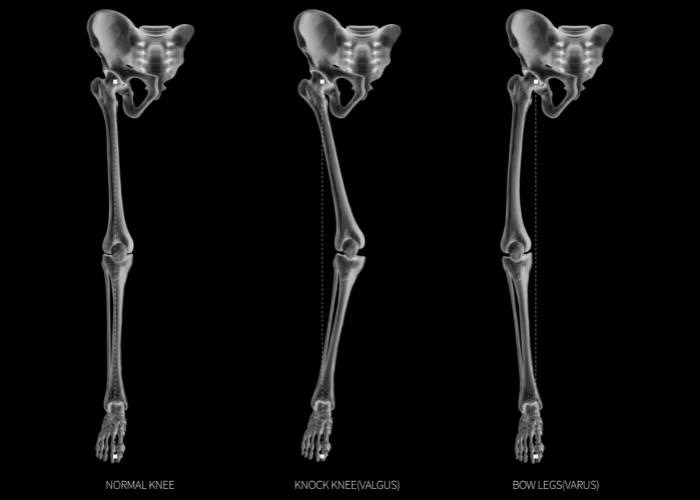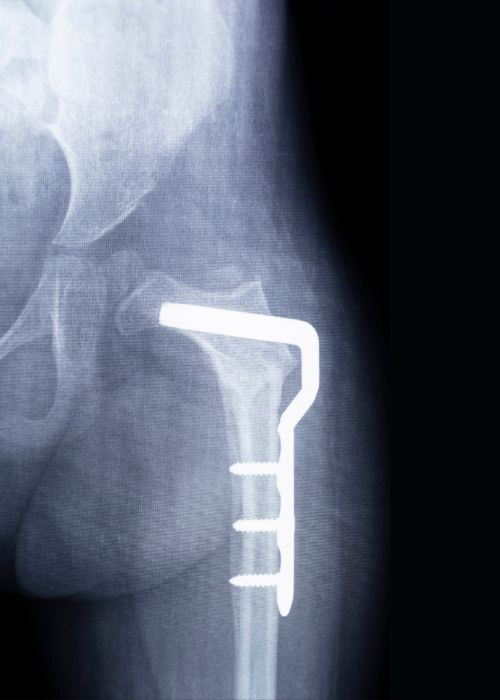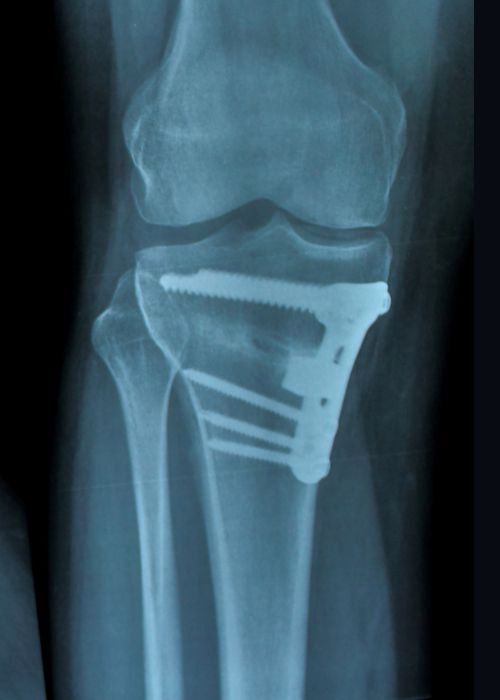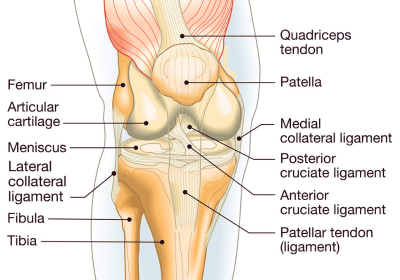Pigeon-Toe Treatment Surgeon
An accident or congenital condition can cause the malalignment of the lower extremities. If you have a condition where the foot points too far outward or too far inward, you may need a derotational osteotomy. Derotational osteotomy surgeon, Doctor Prem Ramkumar, has the experience and expertise in surgical repair of lower extremity malalignment for conditions like Pigeon-toe or duck-foot. He is located in Long Beach and serves patients in Los Angeles, Orange County, and surrounding Southern California areas. Contact Dr. Ramkumar’s office today.

What is a rotational deformity?
A rotational deformity in adolescents and adults have been termed many different names: pigeon-toed, out-toed, intoed, miserable malalignment, and/or tibial torsion. They all refer to a clinical situation where the leg rotates inward or outward from the hip or knee. This usually causes the foot to turn inward or outward with walking, although not always as patients can compensate for this. Rotational deformities contribute to pain in the hips and knees. They can also make it difficult to run, ride a bike or participate in different types of sporting activities. Something as simple as walking can be very difficult. In the worst-case scenario, patients can even trip over their own feet.
What are the types of rotational deformities?
The types of rotational deformities in adults are described by which bone in the lower extremities has rotated and in which direction. There are four rotational deformities that affect the leg:
- Internal Tibial Torsion (ITT) – causes toeing in.
- External Tibial Torsion (ETT) – causes toeing out.
- Femoral Anteversion or Internal Femoral Torsion (IFT) – causes toeing in.
- Femoral Retroversion or External Femoral Torsion (EFT) – causes toeing out.

What causes a rotational deformity?
There are different causes of rotational deformities, but most of the causes are congenital (from the time of birth). These types of deformities often resolve before adolescence and treatment is not necessary. If you are bow-legged or knock-kneed, you may also have a rotational deformity. Trauma to the tibia or femur can also cause a rotational deformity. Other causes may include flexible flat foot (loss of foot arch when standing), external tibial torsion (external twist at the shin bone), or femoral retroversion (external twist at the thigh bone). Rotational deformities are important to consider in the context of joint preservation surgery, like hip arthroscopy and osteotomy, as this is an important consideration in surgical decision making and overall success of the proposed procedure. In rare instances, derotational osteotomy may be the primary procedure performed. Frequently, however, derotational ostetomies may be paired with cartilage and joint preservation procedures.
What is a derotational osteotomy?
The goal of a derotational osteotomy is to change the rotational profile of the leg to decompress the forces across the hip and knee joint, as well as better align the patient’s walking pattern. When someone is walking with their toes pointing inward too far or outward too far, the bone is adjusted in a manner to make the toes point straight ahead, so they are not tripping over themselves. Derotational osteotomy can correct conditions like being “Pigeon-toed” or “Duck-footed.” Dr. Prem Ramkumar, derotational osteotomy surgeon, is located in Long Beach and serves patients in Los Angeles, Orange County, and surrounding Southern California areas, who are experiencing pain and joint problems due to a rotational deformity and are in need of surgical repair.
How is a derotational osteotomy done?
There are two main types of derotational osteotomies:
Femoral derotational osteotomy
- This surgery involves making a cut in the upper part of the femur (thigh bone) to correct the alignment. The bone is turned or realigned and a rod or nail may be inserted in the bone to keep the proper position for healing. Some also may realign with a plate but Dr. Ramkumar’s preferred method is with an intramedullary nail to provide early mobilization.

Femoral Derotational Osteotomy
Tibial derotational osteotomy
- This surgery involves making a cut in the upper part of the tibia (shin bone) to correct the alignment. The bone is turned or realigned and a rod or nail may be used to keep the proper position for healing. It is not unusual to do both a tibial derotational osteotomy at the same time as the alignment for a varus (bowlegged) or valgus (knock-knee) condition.

Tibial derotational Osteotomy
What is the recovery like for a derotational osteotomy?
Patients in the Southern California area who undergo a derotational osteotomy can expect the following:
- You will be discharged from the hospital with a wheelchair, walker or crutches.
- Pain medication will be prescribed as needed.
- Weightbearing will begin the same day of surgery.
- Physical therapy will begin around 2 weeks and should be continued until released.
- Bone healing can take up to 12 weeks.
- Full recovery can be 3-6 months.


